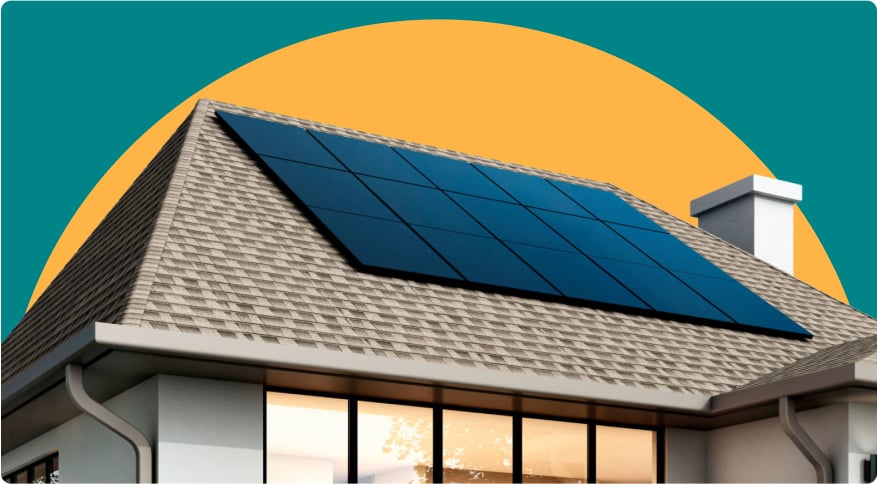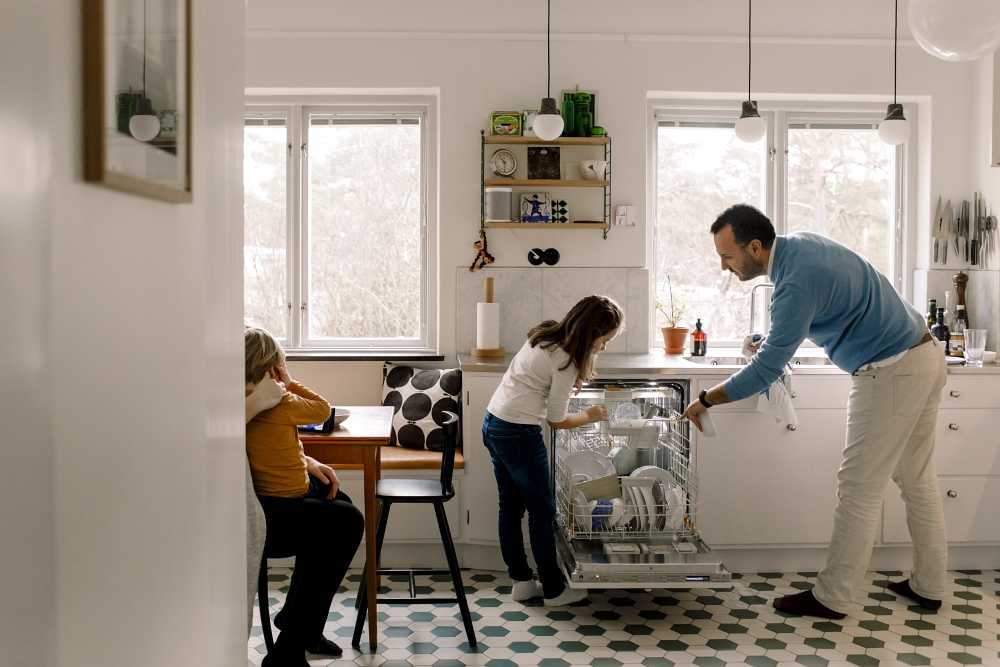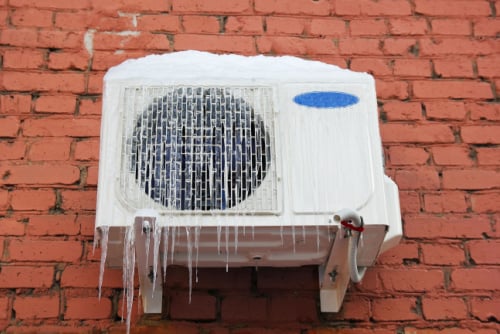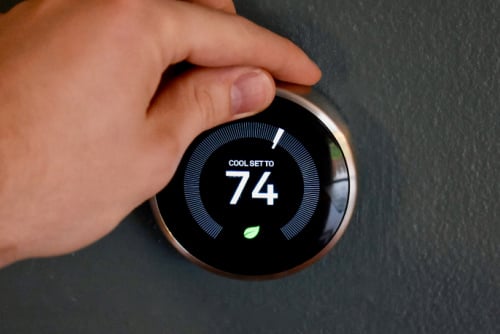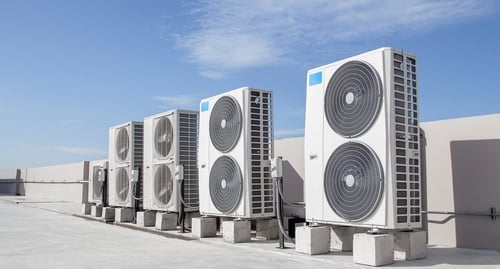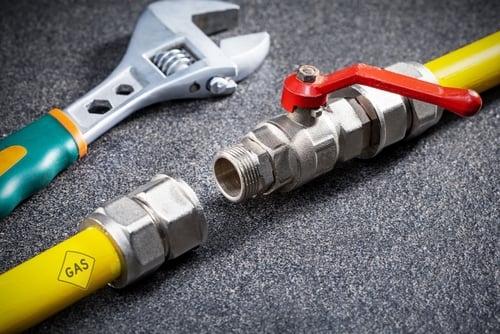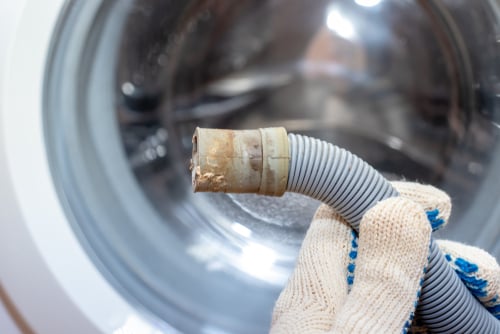Residential solar power is exploding in popularity. The Solar Energy Industries Association estimates there are currently 4.7 million solar energy systems in the United States — a 262% increase from 1.3 million installations in 2016.
Residential solar panels work through the use of a photovoltaic cell — a device that absorbs photons (particles of solar energy) and forces them to dislodge electrons, which then produces electricity.
By placing solar panels on your roof or in your yard, you can produce enough electricity to power your home and even sell some back into the energy grid.
Solar panels for the home: How much do they cost?
Home solar panels were once a rare luxury, but thanks to tax credits and solar incentives, they’re now more accessible than ever. The Residential Clean Energy Credit, for example, can offset the total cost of qualified clean energy products (like solar panels) up by 30% as a tax credit when you file your annual federal tax return.
The average cost of home solar panels and installation in 2024 is $31,558, according to the Lawrence Berkeley National Laboratory, which is part of the U.S. Department of Energy. While that may seem high, a 4 kW setup generally costs $14,700 and a 12 kW system costs $44,000.
Your costs come from a variety of sources, including the panels, mounting equipment, taxes, inspection fees, permits, and administrative fees.
Is your home suitable for solar power?
Solar panels can work virtually anywhere in the United States, but some locations are better than others. A few considerations:
How much shade covers your home? Do trees, signs, or buildings block sunlight from reaching your roof at any point of the day? If so, you could experience smaller returns on your investment.
Which direction does your roof face? In the northern hemisphere, south-facing roofs receive the most sunlight and are therefore the ideal location for solar panels.
What’s the slope of your roof? In addition to facing south, the ideal roof has a slope of 15°–40° so it can receive as much sunlight as possible.
When will your roof require a replacement? Most roofs last between 15–30 years, depending on climate conditions and the type of materials used. If you’re coming close to the end of your roof’s lifespan, it’s not an ideal time to install solar energy. If you’re looking to replace your roof, this would be an ideal time to plan for solar so that your electrical is set up properly.
Benefits of using solar panels for the home
Using home solar panels offers a wide variety of benefits, including:
1. Generate your own energy
How much you generate depends on a wide variety of factors, but the average home roof solar panel produces around 35,000 kWh (kilowatt-hours) per year.
That’s especially important as the average US home only uses 886 kWh per month — 10,632 kWh annually.
2. Savings
Solar energy can often generate more power than your home needs during the day, and factors like local utility rates and investing in efficient Energy Star products can further boost your long-term savings.
Other variables include:
- The cost of going solar (which includes the installation, permitting, inspection, and the panels themselves)
- Whether you purchase or lease your system
- How much power you can generate
- How much electricity your household consumes
Purchasing a solar system may offer higher long-term savings and tax benefits, while leasing can mean lower upfront costs but fewer savings over time. How much power your system generates will depend on factors like location and panel efficiency, which affects your potential to offset or even eliminate your electricity bill.
Check out this solar power calculator to gauge how much you can save with solar panels for your home.
3. Earnings
If your solar panels generate more electricity than your home uses, you may be able to sell the excess energy directly back into the grid through your utility provider. How much the electric company is willing to compensate you varies, but some homeowners earn between $50–$700 per month selling their solar energy back into the grid.
Maintenance for residential solar panels
Over the course of the year, your home solar panels will accumulate dirt and grime like bird droppings, dust in the air, and pollen. This build-up reduces the sunlight that reaches the solar cells, decreasing the amount of energy you can create. That’s why it’s important to clean your solar panels at least twice a year.
Proper solar panel cleaning is relatively straightforward: Most manufacturers recommend using a soft brush, a squeegee, or even a simple garden hose to remove dirt. Heavy or consistent rains can also help clear grime from your home solar panels, which may give you a break during the rainy season.
Note: Cleaning solar panels by yourself is easiest if you have a ground-mounted system or an easy-access flat roof. If your panels are installed on a sloped roof and you’re uncomfortable on a slanted roof and ladders, hire a professional solar panel cleaning service to assist.
Get Expert Home Solar Power Support
The Frontdoor® app is loaded with helpful guides for homeowners and even provides video chat access to Experts who can assist you on your journey to installing solar panels and making your home more energy-efficient. Plus, Frontdoor members get discounts on eco-friendly products, so going green has never been easier.
Was this article helpful?

